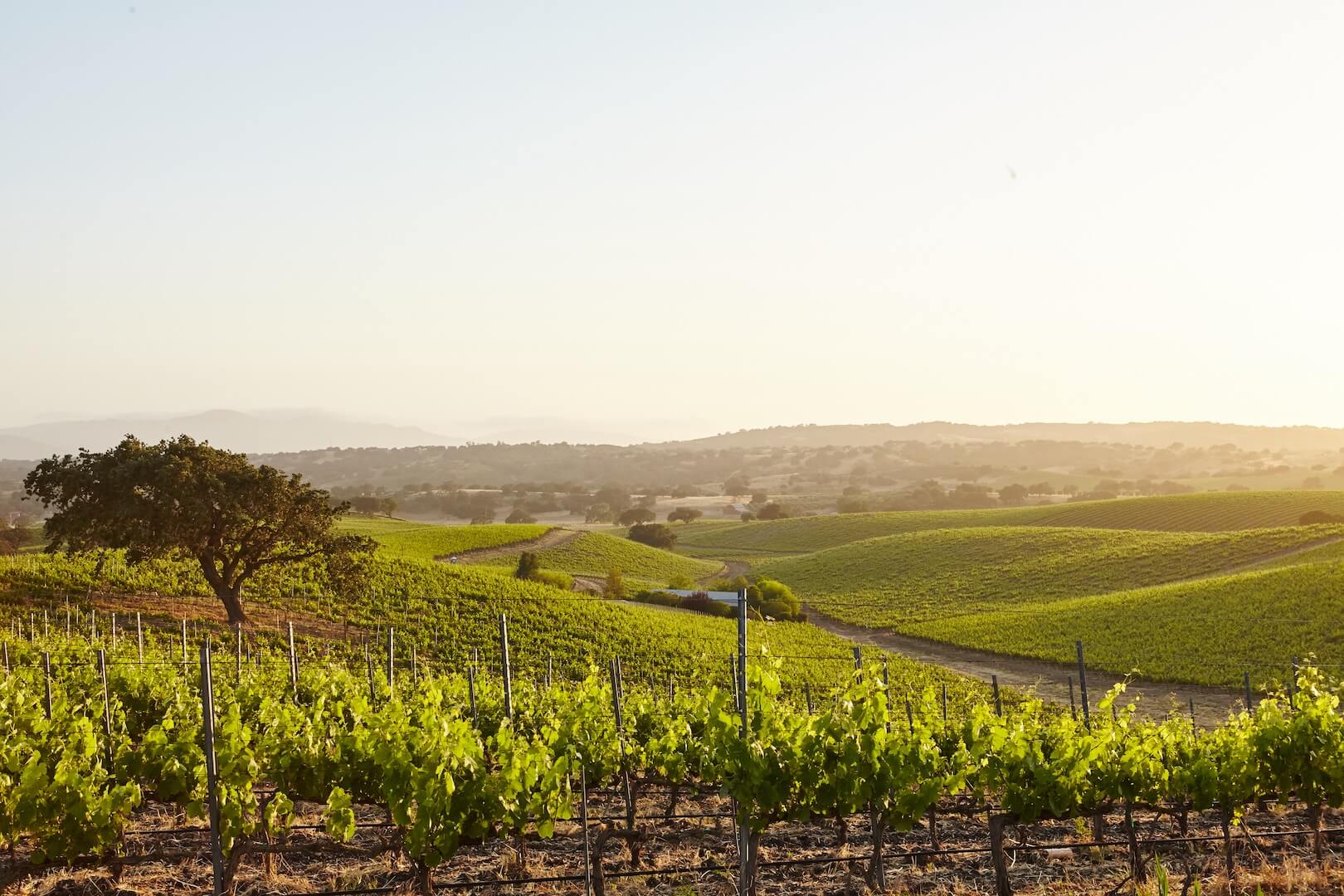Behind every bottle of wine lies a region, a history, a climate, a soil… in short, a unique terroir. Discovering wine regions is a different way to travel: with your nose, your palate, and your heart. France, the land of wine par excellence, holds a mosaic of emblematic vineyards. But other countries, sometimes unexpected, also cultivate vines that tell the story of their land. This article takes you on a journey, from the classics to still lesser-known lands, including portraits of winemakers who bring these terroirs to life.

Major French Wine Regions
France is a monument of global wine culture. It is home to some of the most prestigious wine regions:
- Bordeaux: Renowned for its elegant blends of Cabernet Sauvignon, Merlot, and Cabernet Franc. Left Bank, Right Bank, each with its own style.
- Burgundy: The kingdom of Pinot Noir and Chardonnay, where each plot (or “climat”) expresses a unique identity.
- Champagne: World-famous bubbles, stemming from a cool climate and unique expertise.
- Rhône Valley: From north (Côte-Rôtie, Hermitage) to south (Châteauneuf-du-Pape), an incredible diversity of grape varieties and styles.
- Loire Valley: Lively and aromatic white wines (Sancerre, Vouvray), but also reds and sweet wines.
- Alsace: Noble grape varieties (Riesling, Gewürztraminer) and characterful wines, in a picturesque setting.
- Languedoc-Roussillon: Long considered a region of high volumes, it is now undergoing a qualitative renaissance.
Some Major International Wine Regions
Beyond its borders, France shares the stage with many other producing countries that compete in talent and originality. These international wine regions offer a fascinating diversity of styles, grape varieties, and winemaking philosophies. Discovering these vineyards means opening your palate to other traditions and approaches to wine, while exploring varied landscapes and cultures. Here is an overview of some of the major wine destinations around the world:

And What if We Talked about Lesser-Known or Emerging Terroirs?
Alongside world-renowned vineyards, many regions, sometimes forgotten or still confidential, are increasingly attracting the attention of enlightened enthusiasts. These lesser-known or emerging terroirs demonstrate surprising viticultural vitality, combining local traditions, ancestral know-how, and new techniques. Their rediscovery offers new impetus to the international oenological scene, while broadening our tasting horizons.

- Jura (France): Known for its ‘vin de voile’ wines like Vin Jaune, but also its mineral Chardonnays and light Poulsards.
- Savoie: Long forgotten, it is making a comeback with invigorating and digestible Alpine whites (Jacquère, Roussette).
- Terrasses du Larzac: In Languedoc, a terroir of freshness in a warm region, prized for its balanced reds.
- Greece: Santorini and its saline Assyrtikos, Naoussa and its powerful Xinomavros. Ancient roots, modern revival.
- Slovenia and Croatia: Rediscovered historic vineyards, between the Adriatic and the Alps.
- Canada: Especially Ontario and British Columbia, with fresh whites, promising sparkling wines, and unique ice wines.
These regions illustrate the diversity of the wine world, and the fact that great wine can be made far beyond traditional terroirs.
Portraits of Winemakers and Emblematic Estates
Behind every wine, there’s a winemaker or a family. The wine world is full of passionate individuals:
- Young winemakers who take over or create an estate with a committed vision, often focused on sustainability.
- Career changers, former executives or city dwellers, who left everything to live by the rhythm of the seasons.
- Women in wine, increasingly visible in a historically male-dominated environment.
- Guardians of family traditions, who keep a multi-generational heritage alive while innovating.
Whether they work a micro-plot or a vast estate, all share the same conviction: wine is the expression of a place and a moment, provided it is nurtured with respect.
Exploring wine regions is much more than a geographical exercise: it’s a way to understand wine in all its cultural and sensory richness. Behind every appellation, there is a language, a climate, a landscape, a know-how. Between great classics and emerging terroirs, the world of wine has never been so vibrant. So, ready for the next tasting journey?



